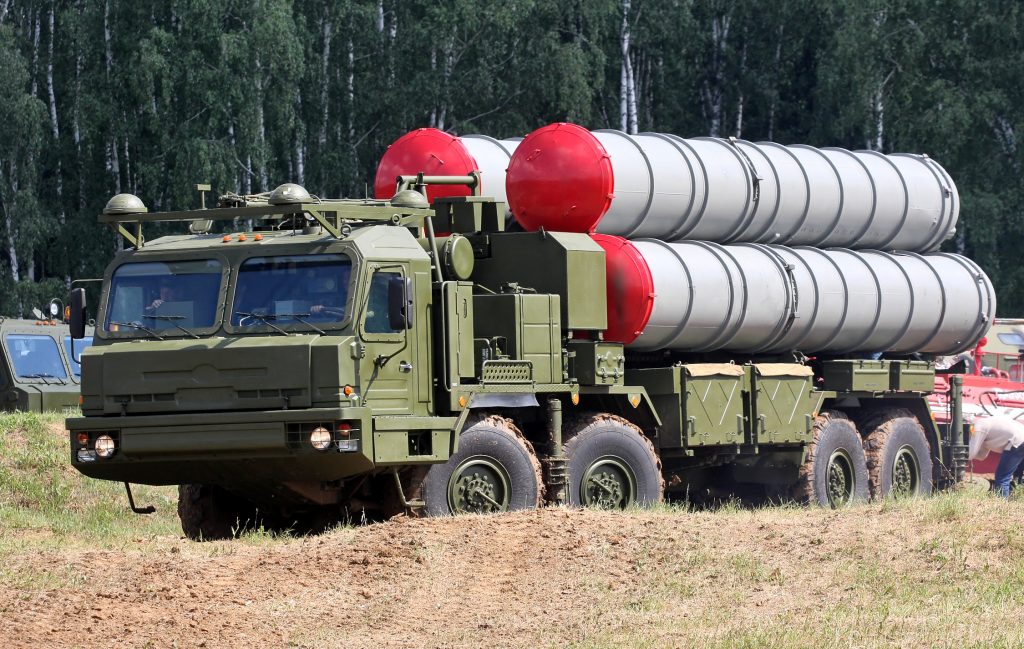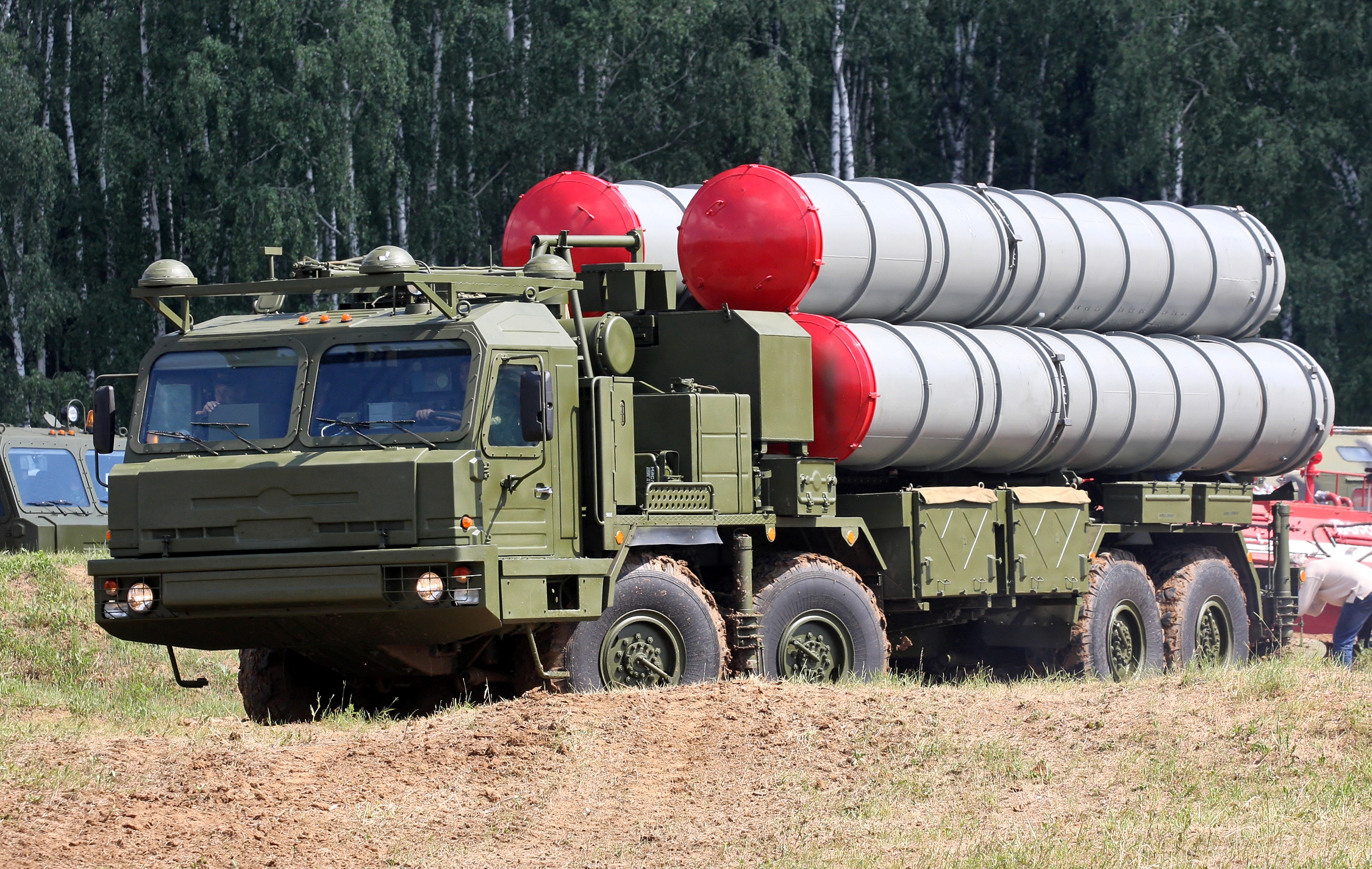
A dispute in absentia has military experts scrating their heads. Here is the scenario, will a couple of hundred bombers be able to break through the air defense system Russia has placed in Kaliningrad – one of Russia’s pillars of air defense.
Commenting on such an “American strategy” retired military expert Lieutenant General Aiteh Bijev said it is a frivolous and “ridiculous” military tactic, and contrary to any military logic.
“This is not serious. Air defense is designed not on the basis of our capabilities, but on the basis of the capabilities of our opponent.”
Nevertheless, opined the retired Russian general, it “should still be known to the Americans”, that Russia’s air defense system is integrated with air defenses of Kaliningrad. If the above mentioned scenario comes into play, “we will not wait for a cup of tea for the bombers to come. Apart from the air defense systems built by CSTO and Belarus, our fighters will be at the heart of the attack, eliminating this threat.”
The United States currently has 140 B-1 and B-2 fighter jets capable of such an attack. A successful attack will require at least 225 aircraft in this class, said Aiteh Bijev while adding, “These are not just words thrown into space. This is our final conclusion, drawn by our military experts at the center for military and political power”.
Although he did not rule out the enormous quantum of offensive and defensive arsenal Washington and its allies have in the region, the number of bombers will have to be at least 225 to break through Kaliningrad’s air defense systems.
This opinion was mirrored by an American military analyst, Shane Preiswater. In an article, Preiswater cited a statement by European Air Force Commander Jeffrey Harrigan, who said in the event of such an attack, a “multi-layered” strategy targeting Russian air, water and land defenses would have the greatest impact.
With regard to information technology, it will play a major role, but it should be remembered that the respondent may also have similar capabilities, said Harrigan.
According to Washington, an information technology war in conjunction with a B-21 bombers could be successful; according to simulations, once the bombers come within the scope of Russian air defenses, the chances of success fall dramatically.
Backing Russian air defense, Bizhiev said “this is still an adequate air defense system, and not some hypothetical one, consistent with the balance of power of the United States and Europe”.
“This is a strategically important area. How do you expect our defense not to be significantly strengthened and supported not only by air defense systems, but also by the air force”.
With the S-400 and S-500, Russia has two of the best air defense systems in the world. Not only do they have an increased perimeter of interception and descent of a flying object, their radar systems can also detect and intercept stealth fighters.
German military experts call Russia’s S-500 “the system that put Russia 10 years ahead of everyone else.”
Case in point: earlier this year there were news reports that Russia tested a hypersonic missile to shoot down a satellites; well it turns out that they were testing the S-500.
Commenting on the possibility of a U.S. attack on Russian air defenses, Polish experts opined, “Exercises in the Western Military District have shown the location of the largest number of electronic warfare installations in the world, concentrated especially in the Kaliningrad region”.
“All this is done with mathematical models, not a picture composition. American military experts need to dig deeper to get to the truth. However, our virtual simulations are not just for protection …” said Bizhiev regarding Russian weapons systems and tactics, which take into account the oppononent’s commanding staff, air force and other factors.





